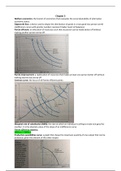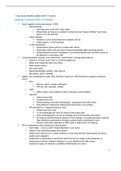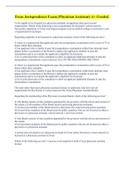Samenvatting
Summary Public Finance
This is the summary that covers the literature for the Final of Public Finance. The summary is made from the book 'Public Finance, tenth edition, global edition'. It is a very broad summary, that describes all the important things in the book. The book is writen by Harvey S. Rosen and Ted Grayer.
[Meer zien]














